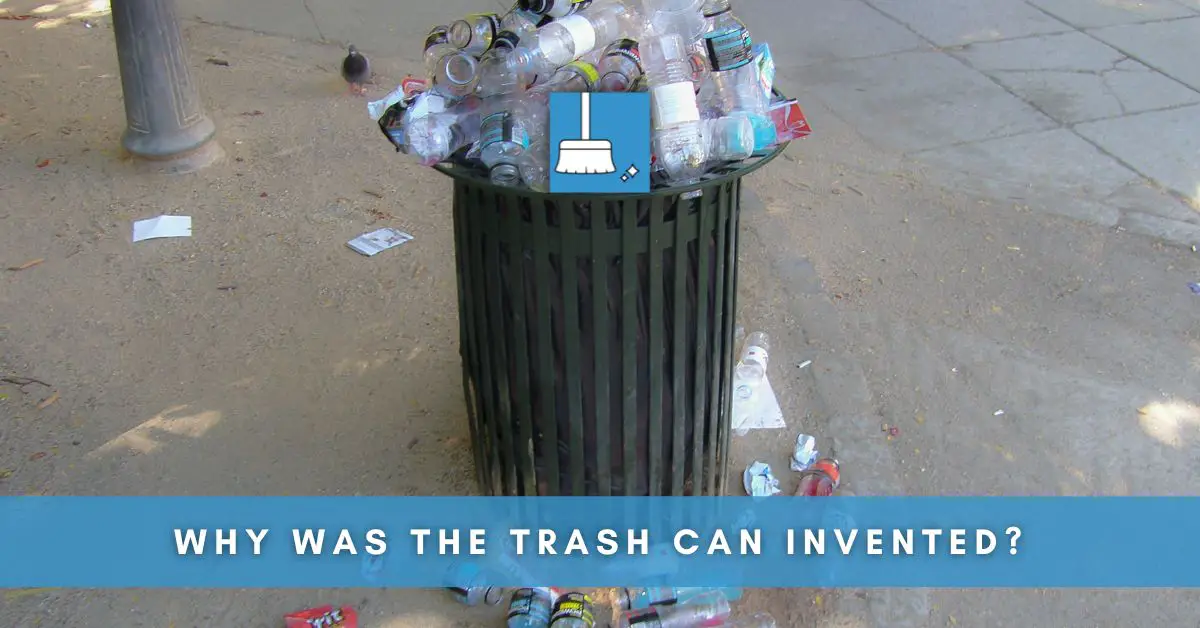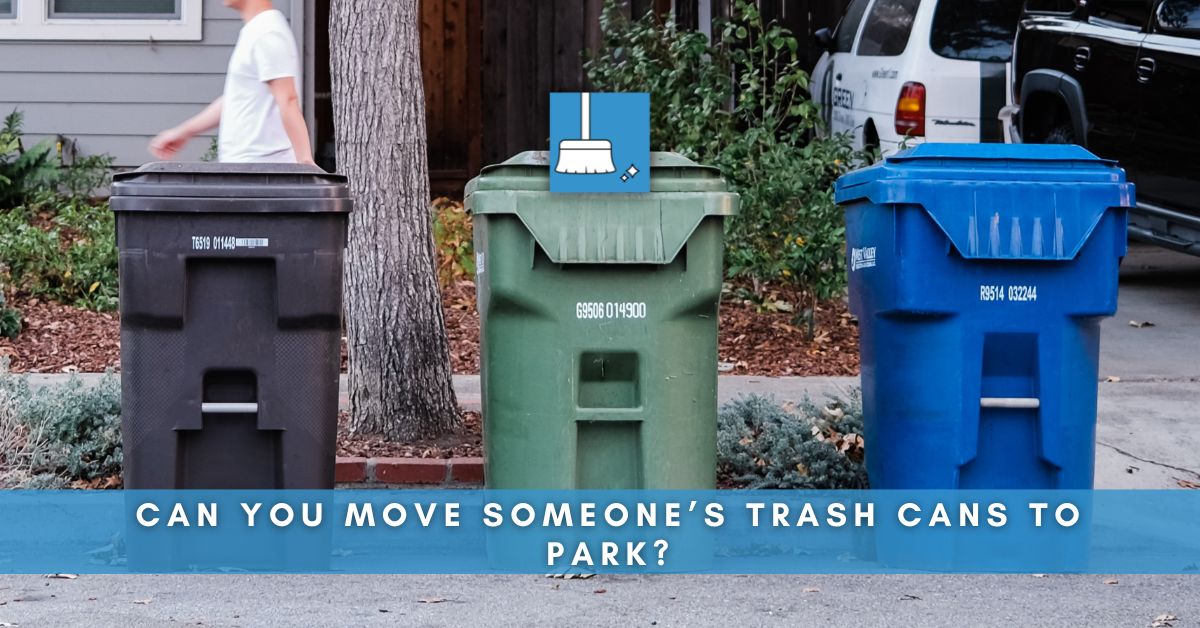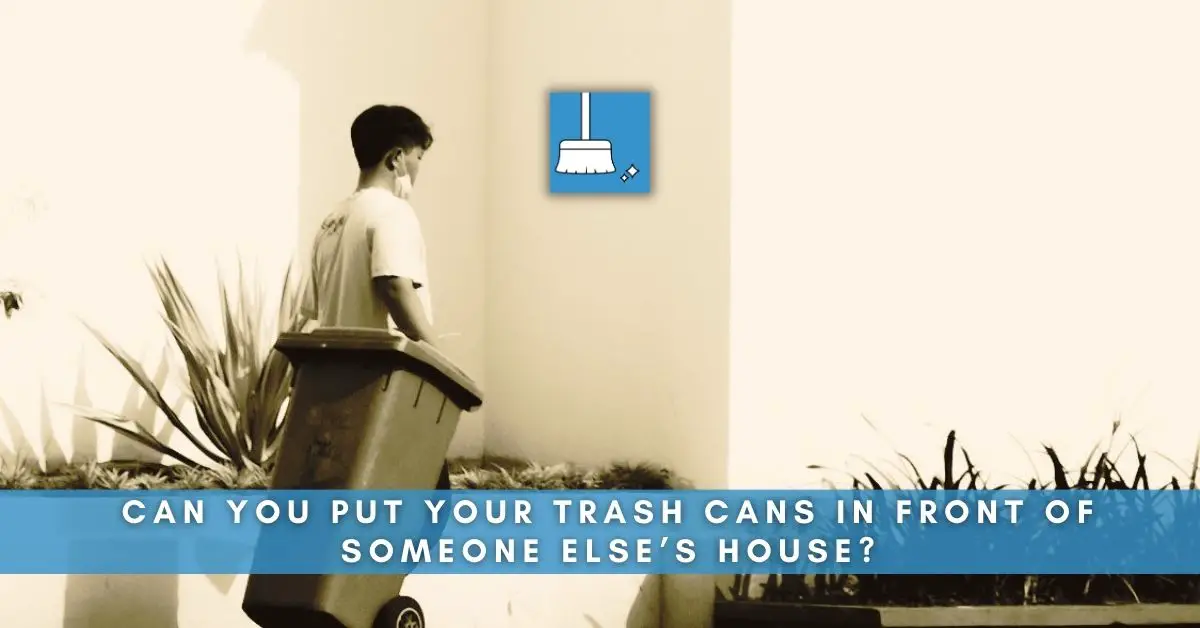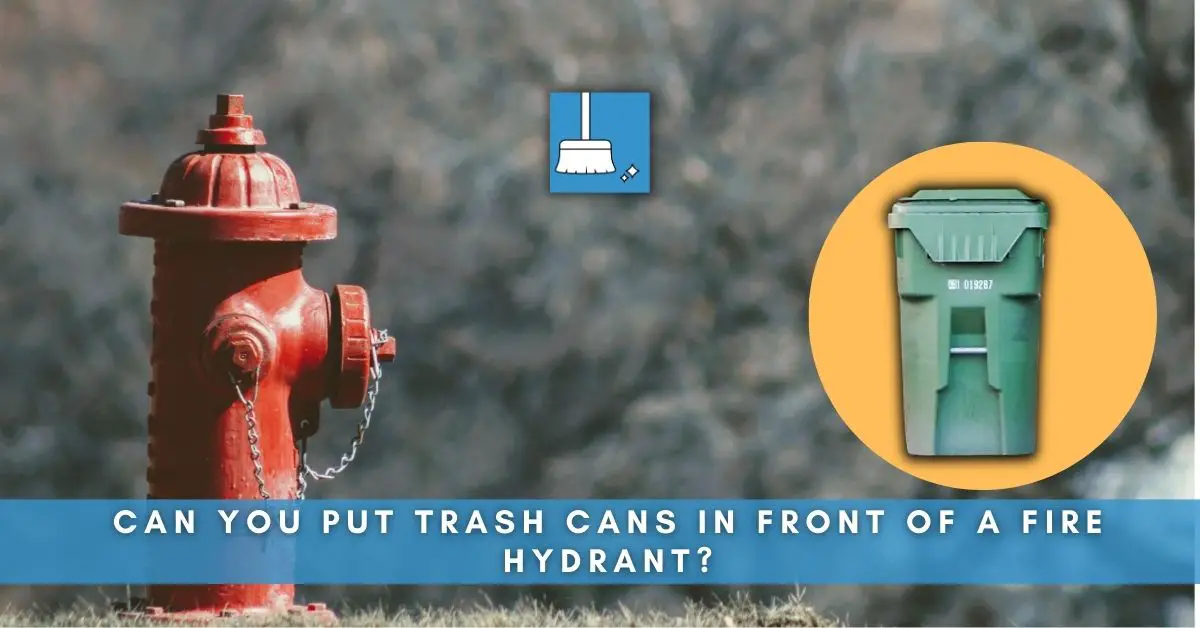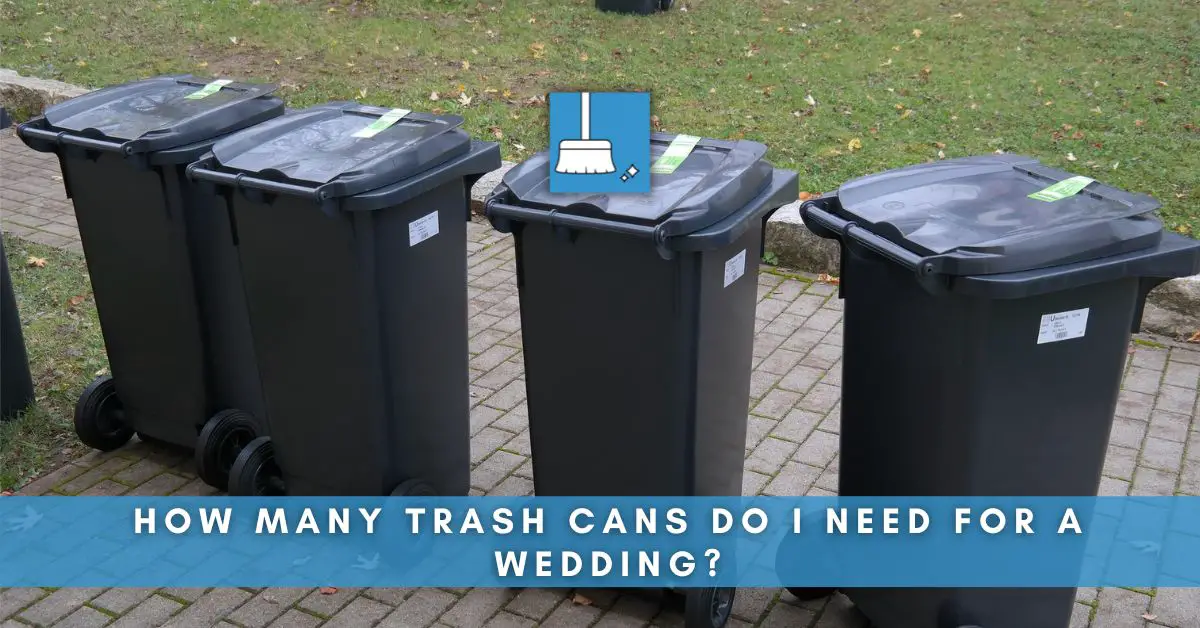In the earlier days, waste management was a distinctive challenge. The sharp rise in populations in urban areas demanded an efficient system to handle enormous amounts of waste. Considering this urgent need, the humble trash can or waste receptacle was invented. It played a crucial role in the modernization of waste management.
Evolution of The Need for a Proper Disposal System
Before the invention of the trash can, various methods were used for waste disposal, such as burning or dumping waste in designated areas.
Unfortunately, these methods were highly inefficient and harmful to the environment. A substantial amount of household waste often ended up on the streets, leading to hygiene issues and diseases.
In 1350, the British government made it illegal to throw garbage at the front of houses.
Despite enforcement problems, this led to the appointment of ‘rakers’ who collected garbage from alleys and streets. The rakers can be considered as early garbage-men. They loaded the garbage onto carts and dumped it into the Fleet or Thames Rivers.
Ben Franklin in 1757 began the first street cleaning service in America and urged people to dig holes for their garbage disposal, marking another advance in waste disposal methods.
In 1875, a proper garbage system emerged in England with the introduction of the first garbage receptacle – used to store ashes from burned waste.
Fast forward to 1914, New York City developed a waste management system with horse-drawn carts collecting incinerated garbage.
This substantial progress ultimately led to the origin of the modern trash can. Let’s learn more about the remarkable transformation of waste management due to the invention of the trash can.
Going Further Back in History (Quite Interesting)
Long before the invention of the trash can, waste disposal has always been a challenge to humankind. From history, we can see different civilizations adopting various ways to get rid of their waste.
In the earliest human civilizations, trash mostly consisted of wood, bones, fire ash, and occasionally waste from vegetables. Most of the edible portions of vegetable waste were used to feed the animals.
- Trash was usually buried in the ground, left to self-decompose.
- Often, garbage was thrown out of windows attracting rodents and spread diseases like the Black Plague.
- Floating barges and open dump sites were also common disposal methods, resulting in other problems such as fires and pollution of waterways.
Early attempts at Waste Management
The first attempts to manage waste on an organized level can be traced back to the Romans in 200 AD. Recognizing the rapid growth in population and the problems associated with uncontrolled waste disposal:
- They created the first sanitation organization.
- Two men were assigned to walk the streets, pick up garbage, and throw it into a wagon which then moved the trash to a far-out site.
- This policy was aimed at preventing citizens from throwing their trash into the streets.
Overall, these different eras and methods reflect humanity’s developing recognition of the importance and challenges of waste management, ultimately leading to the invention of the trash can.
The Invention of the Trash Can
The invention of the trash can was a transformational moment in urban sanitation and waste management. It took one visionary with an understanding of public health to make this change.
The Man Behind the Invention
Eugène Poubelle, was a French lawyer and diplomat, born on April 15, 1831, who had a profound impact on public sanitation history.
Known for his excellent work in improving urban cleanliness, Poubelle has left a mark on our everyday lives that we often tend to overlook.
His significance lies in the fact that he introduced the use of waste containers to Paris and mandated their use through law. In a time when public sanitation was not considered a priority, his decision was indeed revolutionary.
Originally dubbed the ‘Poubelle’ after its inventor, the trash can became an integral part of households and public spaces.
His efforts also inadvertently sparked the start of waste segregation with the use of separate containers for different waste types.
To summarize, the invention of the trash can:
- Marked the start of organized waste management.
- Contributed to cleaner public spaces.
- Sparked the concept of waste segregation.
The Impact of Poubelle’s Decree
Before Poubelle’s decree, waste disposal practices were hardly organized, and public spaces were often filled with litter.
Despite initial resistance from people who used to buy worn-out objects and re-sell them to businesses, Poubelle’s vision soon turned into a law in 1883, which later became known as the Poubelle law.
The law required the use of closed containers for the daily disposal of waste.
Below is a list of the major impacts Poubelle’s decree had:
Improved urban cleanliness: With the daily disposal of waste being made compulsory in enclosed containers, littering in public spaces reduced significantly.
Boosted public health: Cleaner streets led to fewer diseases and better overall public health.
Initiated waste segregation: The law also encouraged the segregation of waste which further improved sanitation and made recycling possible.
Sparked invention of waste-related devices: Thanks to the law, many inventors came up with new, functional spaces for the management of household waste. Closed containers, waste recesses, and even the forerunner of the modern garbage bag were a direct result of the Poubelle law.
Improvements in Functionality and Design (Over the Years)
Waste containers have come a long way from being simple, open bins. Early prototypes were functional but offered little in terms of hygiene or convenience. Here’s a brief overview of their transformation:
Invention of closed containers: The first significant change was the law introduced by Eugène Poubelle in Paris in 1883, making it mandatory for residents to dispose of their waste in closed containers.
Introduction of garbage bags: In 1893, Gustav Adolf Scholsky devised a system that used bags for containing and transporting waste, precursors to modern garbage bags.
Emergence of garbage chutes: Recognizing that the set collection times were inconvenient for many, garbage chutes began appearing in buildings, allowing residents to dispose of their trash anytime.
Specialized waste transportation: Post-Poubelle, waste collection also saw significant updates, with the operation moving from horse-drawn carriages to motor vehicles, which by the late 1890s were being designed specifically for waste collection.
The Role of Patents in Waste Management
While Poubelle kickstarted the industrialized waste management movement, other inventors also contributed to the effort with numerous patents filed for improving waste disposal.
Walter MacFarlane, in 1854, created plans for designated waste spaces in public and private areas.
Alfred Le Masson and Eugène Derveloy, in 1884, filed a patent for a collapsible trash container. Ensuing years saw innovations in waste receptacles, disposal, and collection methods, each improving upon the previous design.
The history of the trash can is a testament to humanity’s ability to adapt and innovate solutions to pressing problems. As we encounter new environmental challenges, further evolution in waste management is both expected and necessary.
Different Types of Modern Trash Cans
Fast-forward to 2023, and there are myriad types of trash cans designed to meet different needs and preferences. Here is a brief list of some:
- Standard Trash Can: Found in many households, this simple container holds garbage bags and can be made from plastic, metal, or other durable materials.
- Recycling Bins: Designed for sorting waste to facilitate recycling, they usually come in different colors to differentiate various types of recyclables.
- Outdoor Trash Cans: These larger cans are designed to handle high volume trash, typically found in public spaces like parks and streets.
- Touchless Trash Cans: Fitted with a motion sensor, these open automatically when hand movement is detected, promoting hygiene and convenience.
Advancements in Waste Collection Technology
The invention of the trash can didn’t just reduce the spread of diseases and help keep environments cleaner, it also paved the way for advancements in waste collection technology.
From introducing different types of trash cans to developing complex waste management systems, humanity has made significant strides in waste disposal efforts.
Today, we have developed smart trash cans equipped with sensors to notify when they are full, automated garbage trucks that pick up and empty trash cans, and complex waste sorting and recycling facilities.
These advancements evolved from the simple concept of a container – the trash can, symbolizing human ingenuity in solving societal issues.
So, while often overlooked, the invention of the trash can has had a profound impact on our society, influencing various aspects of our lives, from urban sanitation to environmental management. The simple act of tossing something into the trash is truly a testament to human progress.
References
https://www.plasticmill.com/blogs/plasticmill/who-invented-the-trash-can
https://artsandculture.google.com/story/eug%C3%A8ne-poubelle-the-inventor-of-the-trash-can-inpi/bAVRFgJzbfSQJg?hl=en
https://www.roadrunnerwm.com/blog/history-of-garbage
https://en.wikipedia.org/wiki/Eug%C3%A8ne_Poubelle

